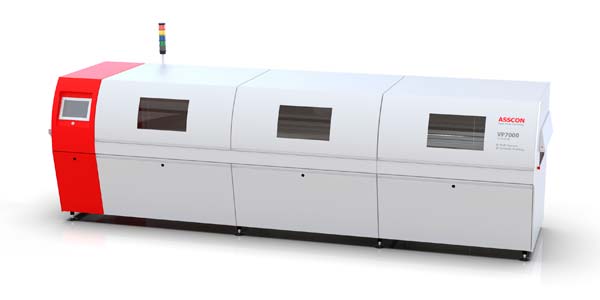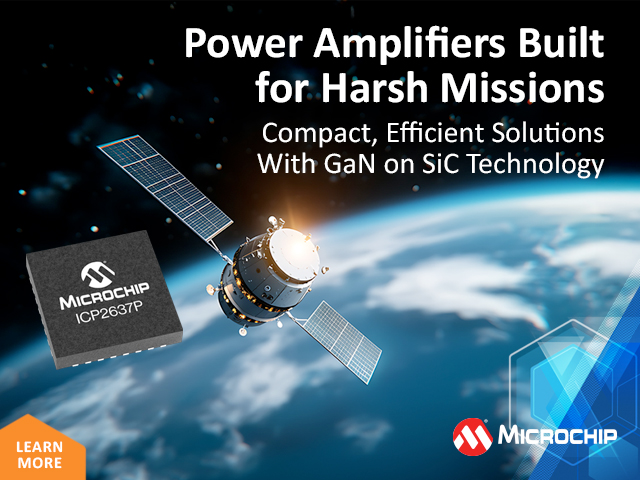 With regards to PCB soldering, electronic manufacturers often have the choice between reflow soldering and vapor phase soldering. Taking the significant increase in energy costs in the future into consideration, Asscon is focusing on the significant energy saving potential of its inline vacuum Vapor-Phase Soldering Systems at productronica 2019.
With regards to PCB soldering, electronic manufacturers often have the choice between reflow soldering and vapor phase soldering. Taking the significant increase in energy costs in the future into consideration, Asscon is focusing on the significant energy saving potential of its inline vacuum Vapor-Phase Soldering Systems at productronica 2019.
Over the next few years manufacturing companies will face significant changes in energy costs. In order to achieve the climate targets, the Kyoto Protocol has limited the worldwide permitted emission of CO2. However, not only has the amount of CO2 emissions been limited, but also the legitimacy to emit has been limited. In future, emission rights will be issued. These are required for companies to be allowed to release carbon dioxide into the atmosphere and thus produce one ton of CO2 within a certain timeframe.
“With our Vapor-Phase Soldering Systems, we are tackling this problem because they consume much less energy than today’s reflow ovens,” explains Axel Wolff, Sales Manager at Asscon GmbH. On average, reflow ovens consume between 15 and 22 kW/hour. “Of course, it depends on the oven and the soldering profile, but users can rely on these numbers when considering a purchase,” says Wolff. A Vapor-Phase Soldering System from Asscon, on the other hand, requires only approx. 4.5 kW/hour. These numbers could have a lasting positive effect on the emission rights of companies in the future.
In Vapor-Phase Soldering the Galden fluid is heated to create a vapor blanket. The assembly to be soldered is introduced into the emerging vapor. The vapor condenses around the individual components and forms a closed liquid film. The energy of the liquid film is transferred to the components and the soldering process is activated. This transfer is controlled by the soldering profile, which controls the amount of steam, the amount of liquid to be condensed and the amount of heat to be transferred. The Vapor-Phase operates at lower temperatures than in reflow soldering. This means that an assembly is subject to less thermal stress – one of the many advantages of Vapor-Phase technology.
The defined, homogeneous heat input which is achieved by the condensing liquid, and the significantly lower process temperatures reduce production times and energy consumption. “Compared to a reflow oven, the total energy requirement of the Vapor-Phase is significantly lower at a factor of 3-5 with simultaneously higher efficiency. With today’s purchase of a new soldering system, with which the customer will work in the coming years, the total energy consumption should be included in the decision-making process. This is because the topic of energy saving will be a massive concern for industrial companies over the next few decades,” explains Wolff. Therefore, Asscon offers the evaluation of the soldering process, including the listing of the energy demand, in its showroom in Königsbrunn. “We gladly use an energy comparison computer to show our potential customers the electricity savings possible with the Vapor-Phase,” says Wolff.
Asscon will be presenting its Vapor-Phase Soldering Systems in hall A4, booth 265.



